Monarda Balmy Purple Bee Balm
$16.00
Genus:Monarda
Species:didyma
Variety:’Balbalmurp’
ppaf:PP25561
Zone:4 – 9
Bloom Start to End:Early Summer
Habit:Mound-shaped
Height:12 in
Width:12 in
Additional Characteristics:Flower,Butterfly Lovers,Fragrance,Hummingbird Lovers,Native
Bloom Color:Purple
Foliage Color:Dark Green
Light Requirements:Full Sun,Part Shade
Moisture Requirements:Moist, well-drained
Resistance:Cold Hardy,Deer Resistance,Powdery Mildew
Soil Tolerance:Normal, loamy
Uses:Beds,Containers,Cut Flowers,Border
Monarda Balmy Purple Bee Balm is a showy perennial offering early summer interest. Heavy blooming, the plant sets shaggy, globular, boldly colored flower heads in a bright shade of purple. Borne singly atop long, willowy, square stems, the eye-catching, nectar-rich blossoms come in abundance; attract tons of bees, butterflies, and hummingbirds; and make excellent cuts for vase or arrangements.
A Monarda didyma variety, commonly called bee balm or bergamot, Monarda Balmy Purple is considerably smaller than typical cultivars. It is a clump-forming herbaceous plant with a compact, mounding habit of lance-shaped foliage that emits a minty scent when crushed or bruised. The plant is fast-growing, rhizomatous, and self-seeding and forms colonies over time. An attractive plant even when not in bloom, Monarda Balmy Purple Bee Balm is shown to best effect when mass planted in borders and beds but fits nicely in a container.
Bee balm prefers full sun and rich, moist, well-drained soils but tolerates heavier clay. In hot summer climates, some shade may be beneficial. Although the plant is mildew resistant, providing good air circulation helps combat disease. The plant is deer and rabbit resistant. Deadheading spent flowers promotes blooming.
A native plant, monarda is indigenous to North America, from Maine to Minnesota south to Missouri and Georgia. Native plants are not only beautiful but also environmentally friendly. Naturally adapted to the climate and soil conditions of the region, they thrive without fertilizers or extra watering, once established. They also act as natural pest controls, reducing the need for pesticides in the garden. Landscaping with native plants promotes biodiversity and provides shelter and quality food for wildlife and pollinators, bringing gardens to life.
| Weight | 1 kg |
|---|---|
| Dimensions | 1 × 1 × 1 cm |
Shipping Time
Shipping is an additional 15-35 business days depending on location. Shipping time will be provided at checkout.
Returns
If seeds fail to leave China, we will refund your payment 100%. But if seeds fail to reach you due to customs problem on your side which we were not informed in advance, we will not be able to bear any loss, and no refund will be made.
We sell only viable plants seeds online, and test germination of our seeds from time to time. So we will not be able to refund for seeds that clients fail to germinate, unless we are convinced that it's truly problem of our seeds.
———
Please send us an email: [email protected] and be as detailed as possible while filling in the information.
After submission, We will reply to you within 24 hours. Please be patient.
———
CHARGEBACKS & DISPUTES
Please contact us by email before opening a merchant chargeback or payment dispute, as we can generally resolve the issue before that takes place. Any chargebacks and disputes disable our ability to issue refunds or credits due to funds being frozen.
———
REFUND, EXCHANGE AND RETURN
Customers have the right to request a refund/ return/ exchange within 14 days from the delivery date. Our Customer Service team will offer the best solutions for specific situations.

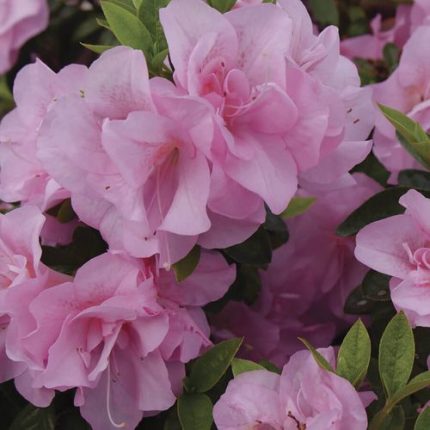
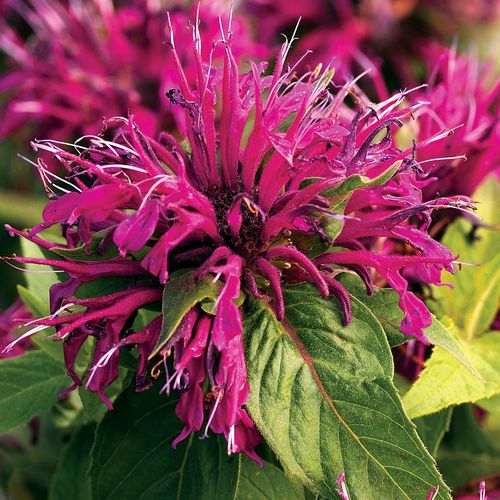
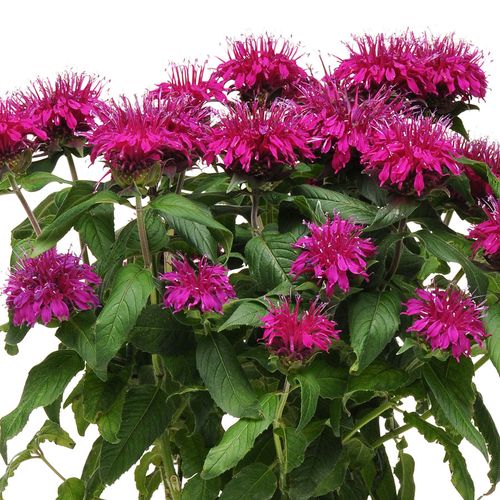
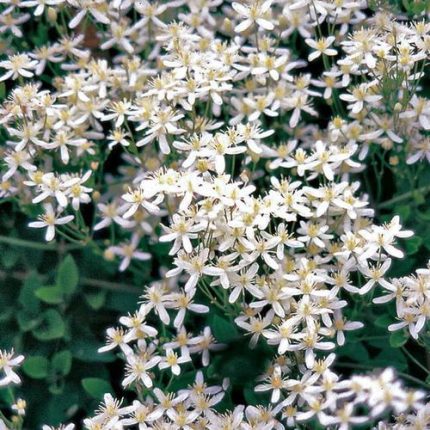
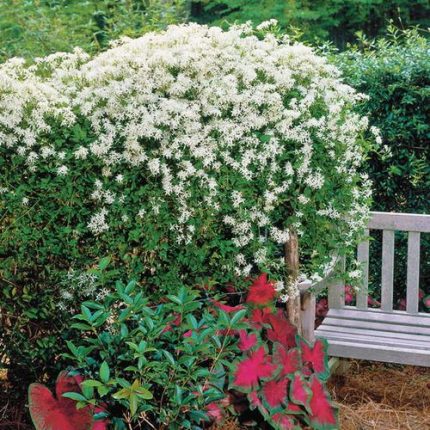
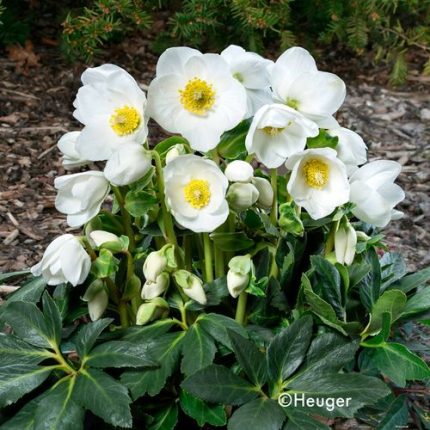
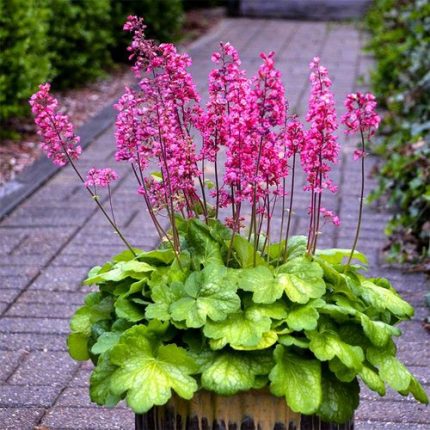
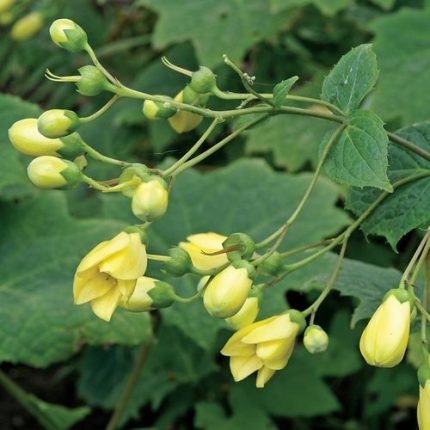
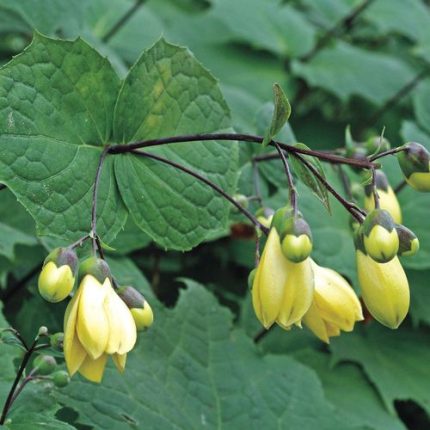
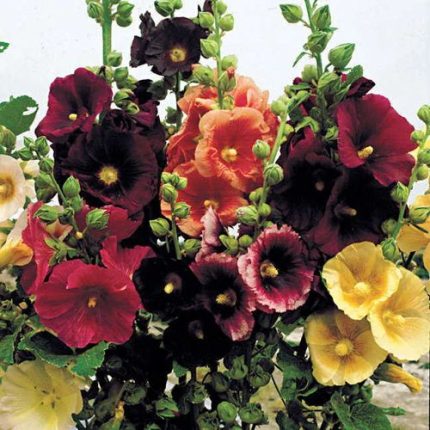
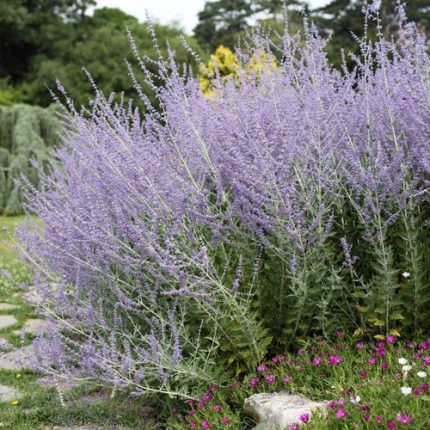
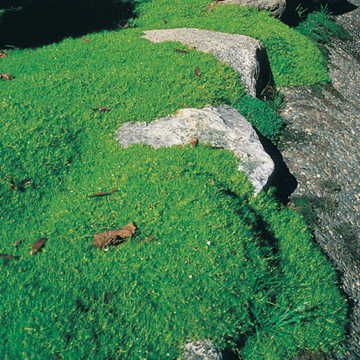
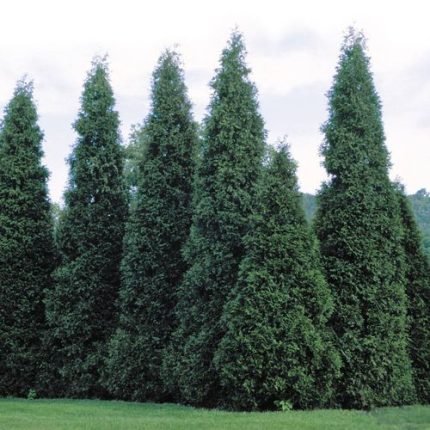
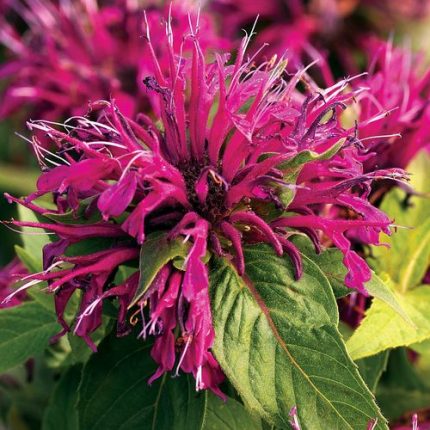
Reviews
There are no reviews yet.